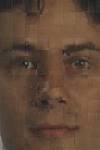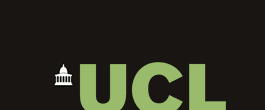Vision and Imaging Science Group

Computer vision and image processing aim to extract useful information from images and movies. Possible applications include face recognition, automated analysis of medical images, robotics, visual inspection for production lines and building 3D models of the real world.

One reason that image analysis is an interesting research problem is the sheer amount of data involved. A VGA (640x480) camera collecting data at 30Hz provides 27 Mb of image data per second. Medical images tend to be of at least an order of magnitude larger. A perrenial issue is how to efficiently extract salient and useful parts of this huge datastream. Other research investigates the geometry of multiple cameras and how they relate to objects in the scene. A further area of work involves building statistical models of the appearance and shape of objects in the images - these can then be used for segmentation or object recognition.

Vision and Imaging Science makes use of mathematical techniques including geometry, statistics, physics, statistical decision theory, signal processing, algorithmics and analysis/partial differential equations. Computer vision is closely related to several other academic fields, including computer graphics, neural networks and machine learning, robotics, biological vision and wearable computing.

The Vision and Imaging Science group at UCL consists of 8 academic staff and more than 40 post-docs and students. We host numerous seminars and reading groups, and organize several related M.Sc. courses. Particular interests include face recognition, medical image analysis, statistical modelling of colour information, tracking for augmented reality, diffusion tensor imaging, inverse problems and building mathematical models of shape and appearance.
